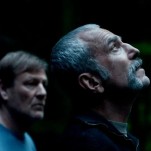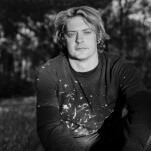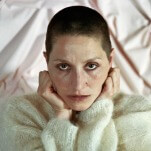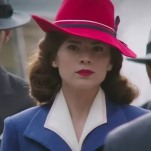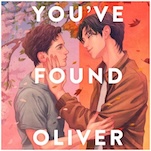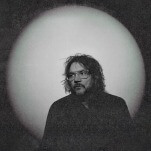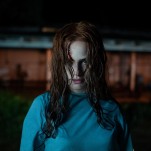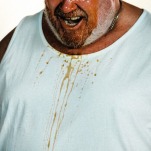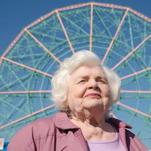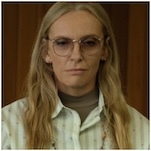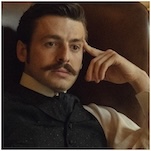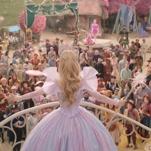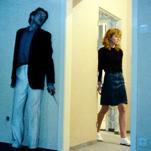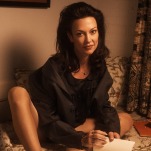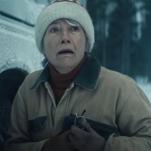Focus on Terrence Malick: Days of Heaven
For all of its claim to slight improvisational moments and location shooting, Badlands on the screen was a tightly scripted, traditionally well-crafted movie. Like a good short story it featured easily identifiable themes and motifs, understandable characters and after some consideration motivations for their choices. Not only that, it worked in a recognizable genre and adhered pretty well to its conventions. Sure, it was artistically daring, but it did so within what was still a fairly recognizable framework. Like a short story in The New Yorker, it’s polished and brilliantly made but not altogether new.
Following its success, Terrence Malick took its lessons to heart and expanded upon its methodology to break free far more from the grounds of traditional American film production. Badlands wasn’t a blockbuster like Bonnie and Clyde or Easy Rider, but with its small production costs and high artistic merit it immediately put him up there as one of the directors to watch in the still-burgeoning New American Cinema. Paramount’s president Barry Diller in particular took a liking to Badlands and made a deal with Bert Schneider, no longer working with Bob Rafaelson since the dissolution of BBS, for the creation of Malick’s next picture.
Originally titled Stay Hungry (abandoned when Rafaelson took that title for his own film), the movie was to take place almost entirely within a Texas corn plantation in the 1910s. John Travolta was hoped for as a lead but instead it ended up with Richard Gere and a tighter budget, as production was shifted later and later. A combination of delays and the impossibility of working with cinematographer Nestor Alemendros in the United States (due to union rules) moved it into Alberta, Canada and in the fall of 1976 it began its nine week production.
Badlands is a plot-based movie, and while it obviously deviates in many ways from a traditional Hollywood story, it still has an easily recognizable story structure. It’s a movie with murders at its center and its focus is on making sense of them and the characters who committed them. In contrast, Days of Heaven is little about its plot, to the point that its story is de-emphasized so much than many of its key events and motivations are elided entirely.. In many sequences the main action is actually far away from the camera and voice tracks aren’t dubbed in so it’s impossible to know what characters are saying, thus making its story even more oblique. This also makes it much more generic, and one point the movie makes is that the specificities of its melodrama aren’t as important as the world around it.
At its center Days of Heaven features a simple love triangle that could come straight out of a Douglas Sirk movie, and it’s likely that’s one reason Malick’s new title for the film features “heaven.” A farm owner falls in love with one of his workers, but in order for her to stay and marry him he has to take in her “brother” and younger sister. But it turns out the brother is in fact her lover, and when found out the farm owner attempts to kill him and during the fight dies. They’re both hunted down and he’s in turn killed. In an epilogue following this we learn that the wife has inherited the farm owner’s wealth and her “sister” runs away from an attempt at giving her a school education.
The basic story of Days of Heaven, while not irrelevant, isn’t particularly special. There isn’t a deep, driving need to understand these characters like there was in Badlands, meaning that anyone watching the movie for traditional reasons may likely end up disappointed.
Instead of a story and characters, the pleasures of Days of Heaven are twofold, purely audio and visual. One of the most immediately noticeable aspects of the film is its stunning cinematography. Following the tradition of the French New Wave and other independent American pictures from the ‘70s, director of photography Nestor Almendros rejected artificial lighting as much as he felt he could and the result is a picture that feels like nothing else from the period. Even when he left, Haskell Wexler and an unknown third cinematographer (likely Jacob Brackman) kept the picture’s style consistent and it’s impossible to tell who shot what, even down to the second unit photography.
-

-

-

-

-

-

-

-

-

-

-

-

-

-

-

-

-

-

-

-

-

-

-

-

-

-

-

-

-

-

-

-

-

-

-

-

-

-

-

-

